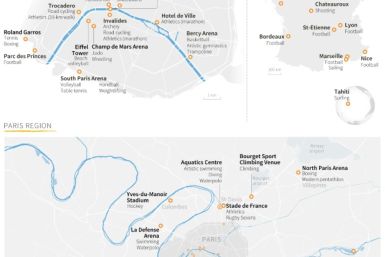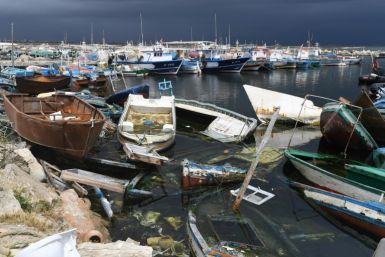Richard Branson’s new spacecraft brings tourists closer to outer space

It took three years to build, charges $250,000 (AUD$343,000) per seat and has to contend with the memory of a failed predecessor that crashed and cost the life of its pilot in 2014. Still, billionaire Richard Branson, known for going into business ventures where only a few entrepreneurs have gone before, has triumphed again, as his new spacecraft Virgin Galactic’s “Unity” brings earthbound tourists one step closer to outer space.
CNN reports that the spaceship was unveiled a few days ago at the Mojave Air and Space Port in California. Expectations were high, enthusiasm was infectious, and Branson found one major supporter in scientific genius Stephen Hawking who was responsible for christening Branson’s new innovation its name. Hawking tweeted that he would be “very proud to fly” on this new spacecraft. Despite its pricey seats, 700 passengers have already signed on to experience soaring at least 50 miles above the surface of planet Earth.
In its report, Huffington Post says that the ship, manned by two pilots, is actually designed to fly to up at least 62 miles well above the Earth’s atmosphere. At that height, a maximum of six passengers per trip can actually experience some aspects of what professional astronauts have gone through in their own missions: These new space tourists can peer out of the spacecraft’s windows to gaze into the blackness of outer space. They will also be floating as an effect of the spacecraft’s escape from the earth’s gravitational pull.
Given the crash of the first model two years ago in 2014, however, Branson and his team are not leaving anything to chance. The VSS Unity will be undergoing several tests before it is finally set off for a formal and presumably commercial launch. CNN augments this report by citing the tests that VSS Unity will be having: flying like a glider at an altitude of 45,000 miles; and rocket-powered flight tests designed to reach 100,000 miles. Both equipment and pilots will be scrutinised, measured and tested. Pilots who succeed in driving the VSS Unity to the 50-mile height will be judged by the National Aeronautics and Space Administration (NASA) and the U.S. Air Force. Their meeting the standards will mark them as “bonafide astronauts.”
Space observes that despite this careful re-launch, Branson does have loftier goals in mind. His ultimate objective is to make space tourism as common or as accessible as an ocean cruise line. The quarter-of-a-million-dollar price limits his vision to celebrities, industry leaders and fellow billionaires like Angelina Jolie, Tom Hanks, Ashton Kutcher, Katy Perry and Brad Pitt, all of whom had paid the initial deposits to secure a first flight to outer space. Branson hopes that by lowering the fee to $200,000 (AUD$275,000) in a few years’ time will broaden the market and encourage people from the middle-to-upper-class to try their first trip to the fringes of the cosmos.
As space flights become more commercial in nature, more amenities might be added to make the trips more attractive and become part of mankind’s travel lifestyle. It might take decades, but science-fiction movies forecast restaurants serving healthy foods, gyms in the lounge and passengers chatting with their friends back home. Other accessories will come in handy like GoPro cameras that can post pictures of outer space on real time, or a 5BARz International network extender that can immediately amplify cell phone signals as the spaceship goes higher up the atmosphere.
In the CNN report, George Whiteside, Virgin Galactic’s CEO, affirms Branson’s vision, saying, “ We'll be able to get a new perspective on our planet as hundreds and eventually millions of people are able to go into space.”






